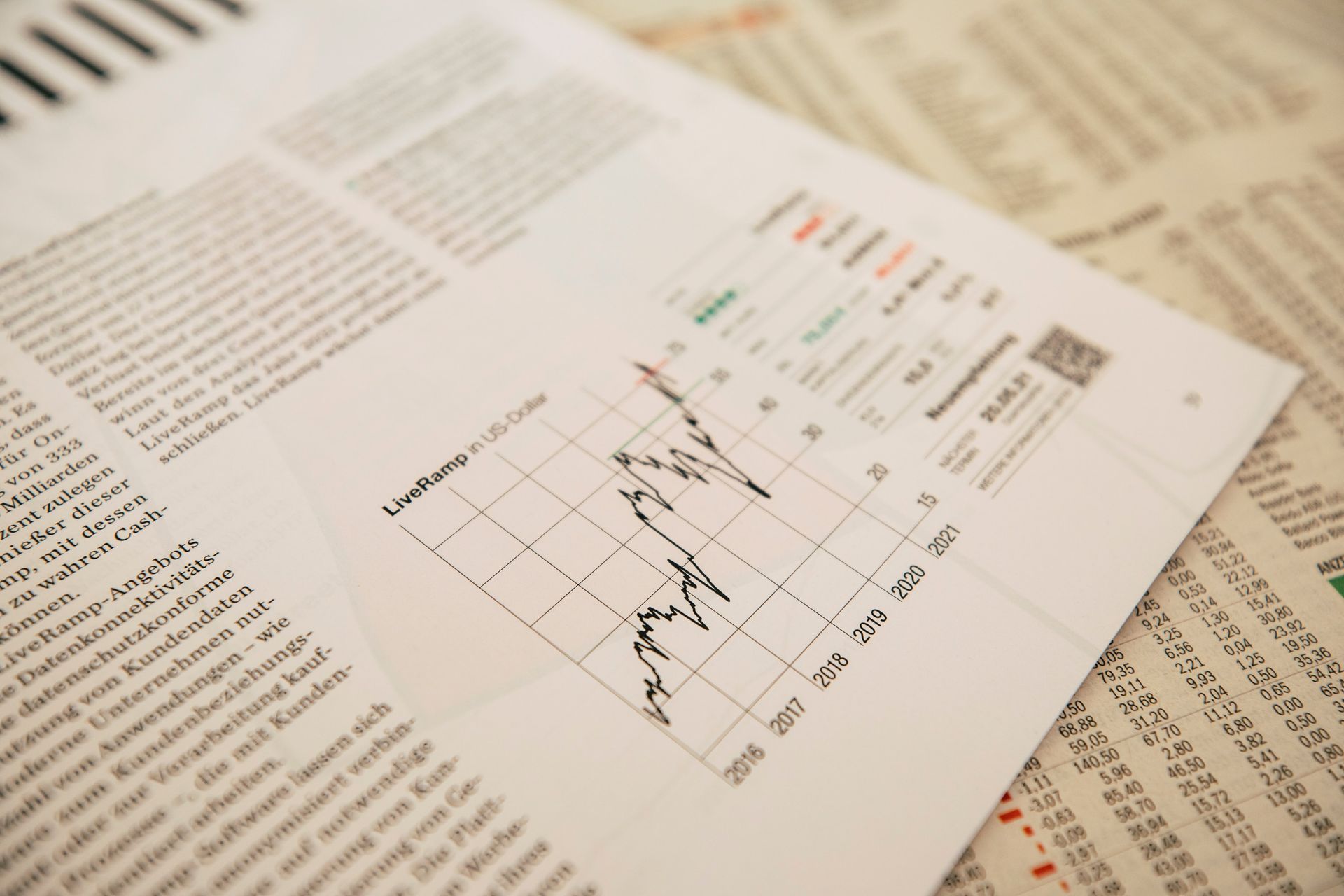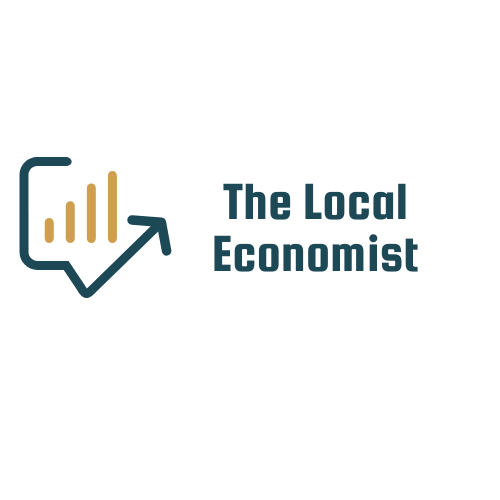Student Loan Forgiveness: A Misunderstanding of Tuition Costs
Saddled with Student Debt
Mikey Collard is a senior vice president at the communications firm he works for in Salt Lake City. He took out more than $100,000 in loans to pay for a masters’ degree in public relations through a two-year program at the University of Southern California. Because of the interest on top of the amount he borrowed Collard, now 39 years old with three kids, says that the total debt he owes in student loans is “still astronomical” He has already paid about $85,000 toward the loans, but still has $69,311 left to go.
Along with an extension on the student loan payment pause introduced in the past years, the Biden administration’s new Student Debt Relief Plan through the Department of Education will provide up to $20,000 in debt relief to Federal Pell Grant recipients and up to $10,000 in debt relief to non-Pell Grant recipients. Borrowers with loans held by ED are eligible for this relief if their individual income is less than $125,000 (or $250,000 for households).
Collard’s example highlights the quantifiable fact that despite the massive sum that this program will cost and the hefty amount that this implies for the individual borrower, it still isn’t enough to alleviate the debt burden for those who borrowed significantly more to pay for their degrees. While this does not discount the many who are feeling real relief from this, the discourse on the new plan doesn’t seem to call enough attention to the fundamental problem that underlies the entire effort to battle student loan debts: the dizzyingly high cost of education in this country.
Loan Forgiveness Misses the Mark
The plan sets up backward incentives that many government programs result in. Now the college educated white collar professional class receive a direct benefit while the blue collar working class, that typically has a higher unemployment rate without the same opportunities to go to college, is squeezed and cannot dream of enjoying such financial relief. Those who either did not borrow money to pay for their degree or those who did not get to go to college at all are left out and feel punished.
Perhaps society has made an irresponsible effort to encourage teenagers to take on debt for a degree. If a business owner spends thousands of dollars on starting and operating a business and the business fails to bring in a return on investment, then the signal is that the price paid for the venture was not worth it for the individual and not valued by the rest of society. The price signal of higher education has been communicating that to Americans for the past decades and those messages have been ignored.
As it stands, a high school senior would be flatly denied a tens of thousand or hundreds of thousand dollar loan at any bank due to a lack of income, collateral, money to submit for a down payment, and credit history. With student loans however, the debt is directly backed by the government with no bankruptcy option so anyone who makes this deal with the devil kind of loan is given one. There is a moral hazard in sweeping the costs of this under the rug.
The Local Economist
Your Home for Entrepreneurial News, Local Business Spotlights, and Trends that Matter
join the newsletter
Recent Posts
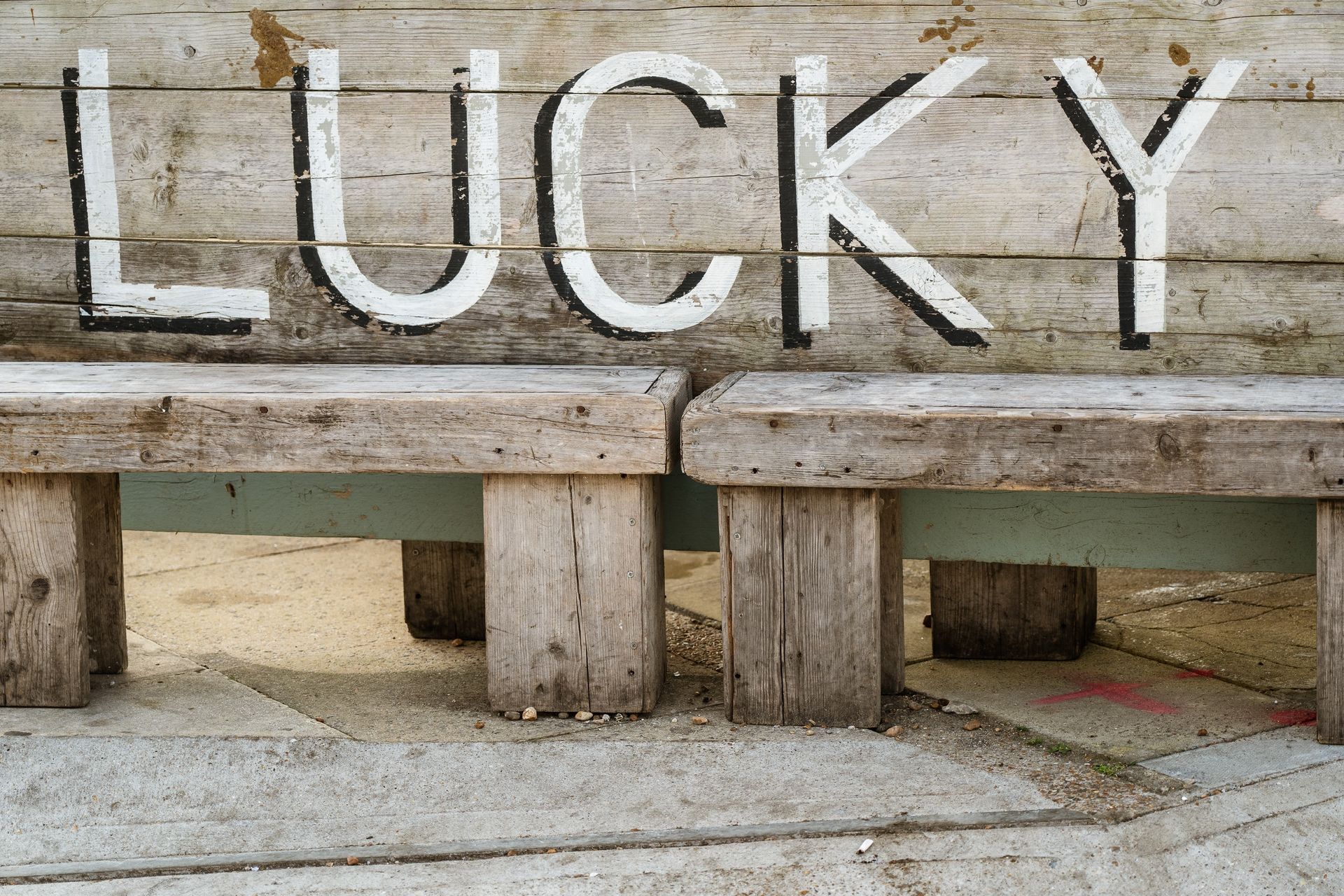
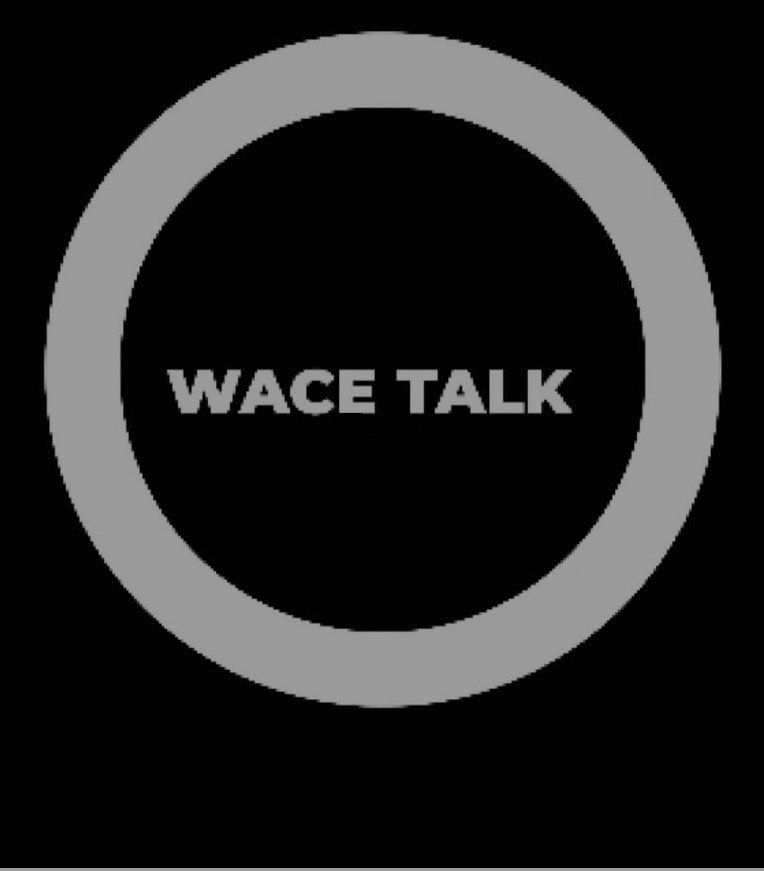

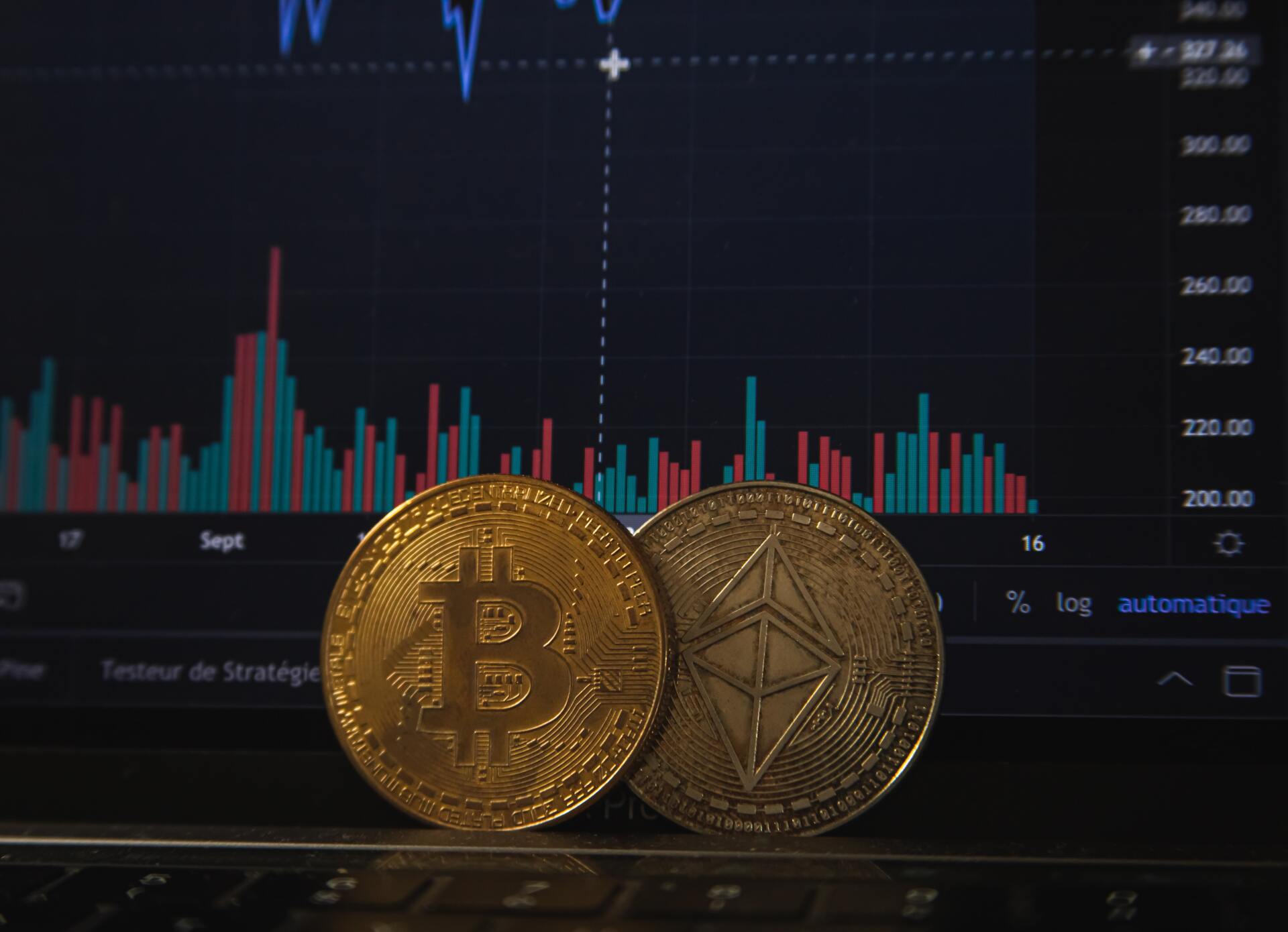



Share This...




